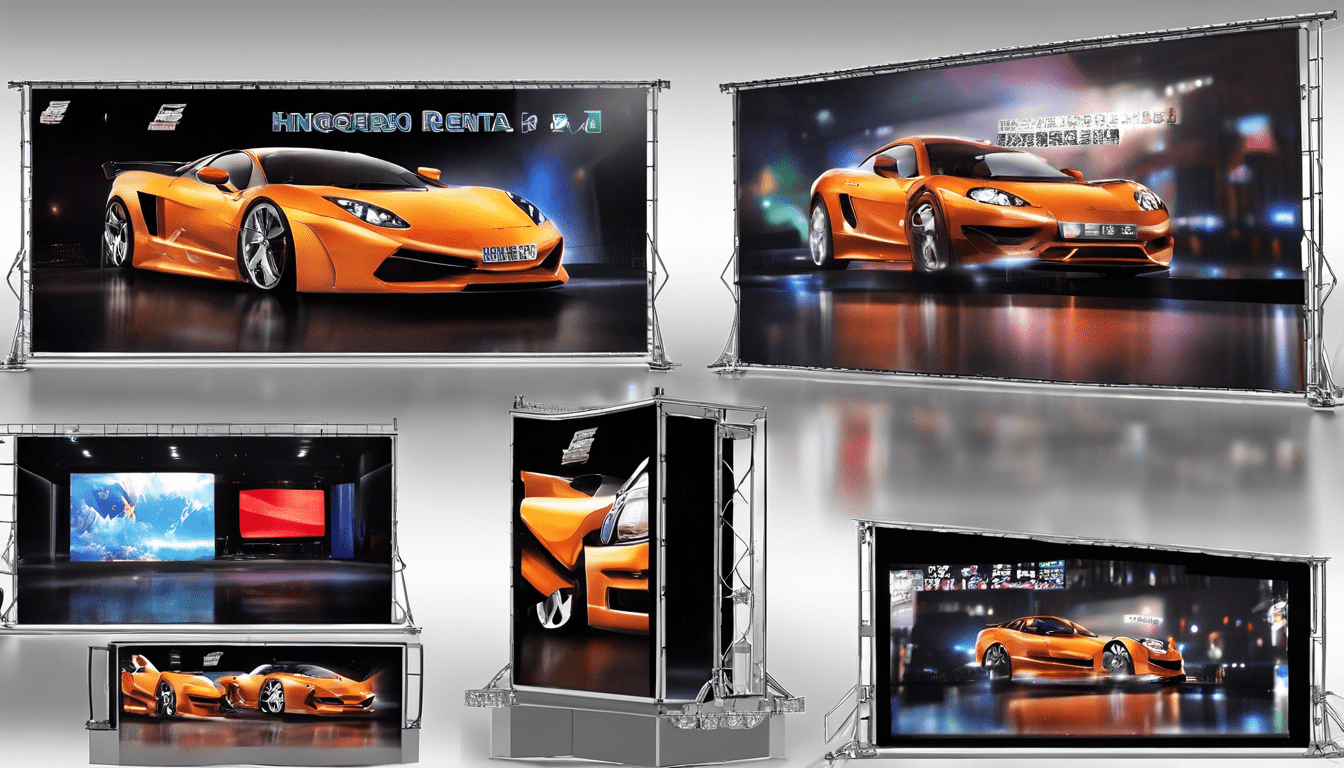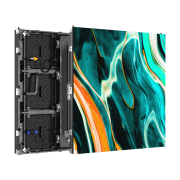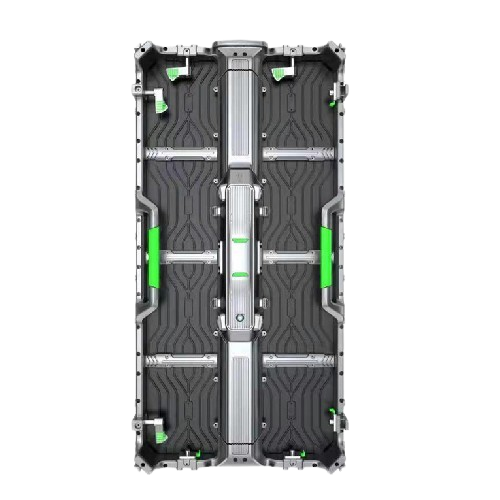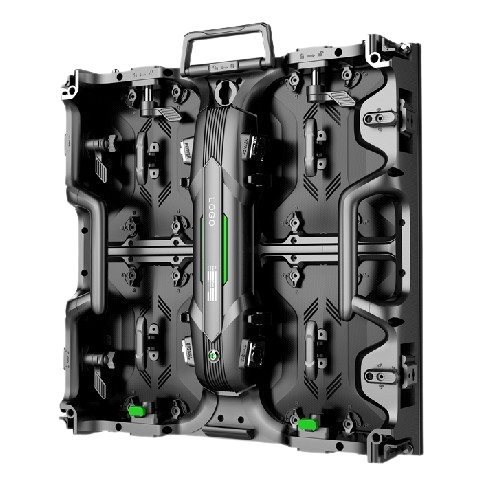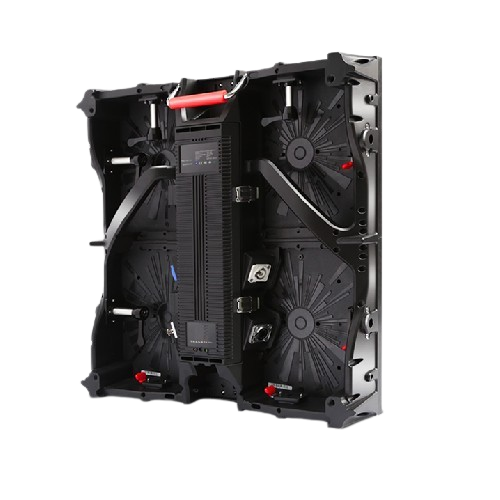Ultimate Guide to Hanging Rental LED Display Screen Manufacture
Introduction to Hanging Rental LED Display Screens
The field of Hanging Rental LED Display Screen Manufacture has revolutionized the event and advertising industries. These screens provide versatile, high-resolution displays that can be easily installed and removed for temporary events such as concerts, trade shows, and corporate gatherings. Understanding the intricacies of their manufacture is vital for anyone involved in the rental or sales of these dynamic visual displays.
What is a Hanging Rental LED Display Screen?
A Hanging Rental LED Display Screen is a large, high-definition screen that uses light-emitting diodes (LEDs) to project images and videos. These screens are specifically designed for rental purposes and their modular designs allow for easy installation and dismantling.
Key Features
- Modular Design: The screens can be interconnected to form larger displays.
- High Resolution: They offer crystal-clear visuals.
- Lightweight: Easy to hang and transport.
- Weather Resistant: Suitable for both indoor and outdoor events.
The Manufacturing Process
The process of manufacturing a hanging rental LED display screen involves several crucial steps. Each step ensures that the final product meets industry standards for quality, durability, and performance.
1. LED Module Production
- Selection of LEDs: High-quality LEDs are selected to ensure brightness and color accuracy.
- PCB Design: The printed circuit board (PCB) is designed to accommodate the LEDs and other components.
- Assembly: LEDs are mounted on the PCB using precision machinery.
2. Screen Cabinet Fabrication
- Material Selection: Lightweight but robust materials like aluminum and magnesium are often used.
- Machining: The cabinets are machined to precise dimensions to ensure a tight fit.
- Assembly: The LED modules are installed within the cabinets.
3. Quality Testing
- Electrical Testing: Ensures all LED modules work correctly and uniformly.
- Visual Inspection: Checks for pixel defects and color uniformity.
- Environmental Testing: Confirms resistance to weather and extreme temperatures.
4. Packaging and Logistics
- Protective Packaging: Ensures safe transport to avoid damage.
- Logistics Planning: Efficient routing to deliver screens promptly.
Technical Specifications
Understanding the technical specifications of Hanging Rental LED Display Screens is essential for making informed purchasing and rental decisions.
Resolution and Pixel Pitch
- Pixel Pitch: Typically ranges from 2.6mm to 10mm.
- Resolution: Higher pixel pitch means better resolution and image quality.
Brightness and Contrast
- Brightness: Measured in nits, with a preferred range of 1000-7000 nits depending on the application.
- Contrast Ratio: Higher contrast ratios offer deeper blacks and more vibrant colors.
Refresh Rate
- A high refresh rate (usually above 1920Hz) ensures smoother video playback.
Weather Resistance
- IP Rating: Typically IP65 or higher for outdoor screens, indicating strong resistance to water and dust.
Advantages of Renting Over Purchasing
Choosing to rent instead of buying a hanging LED display screen can be beneficial for several reasons:
- Cost-Effectiveness: Renting is generally cheaper than purchasing, especially for one-time events.
- Flexibility: Allows for customization depending on event requirements.
- No Maintenance: The rental company usually covers maintenance and service.
Shortcode
Market Trends and Innovations
The market for Hanging Rental LED Display Screens is continuously evolving, with manufacturers constantly integrating new technologies and improving designs.
Emerging Technologies
- Transparent LED Screens: Offer a see-through effect, adding a unique dimension to advertising.
- Flexible LED Screens: Can be bent or curved, allowing for more creative installations.
- MicroLED Technology: Promises better picture quality and energy efficiency.
Eco-Friendly Manufacturing
- Increasing emphasis on using recyclable materials.
- Development of energy-efficient LEDs to reduce power consumption.
Case Studies
To understand the real-world applications and benefits of these screens, let’s look at some case studies.
Concerts and Music Festivals
Renowned events like Coachella and Tomorrowland have used Hanging Rental LED Display Screens to create immersive experiences for attendees, making use of their high brightness and weather resistance.
Corporate Events
Companies like Apple and Microsoft frequently use these screens during product launches and conferences to deliver high-definition presentations and videos.
FAQs
What is the typical lifespan of a hanging rental LED display screen?
The lifespan ranges between 50,000 to 100,000 hours.
Can these screens be used both indoors and outdoors?
Yes, they are designed to be versatile and can be used in both indoor and outdoor settings.
How long does it take to install a hanging rental LED display screen?
Installation times vary based on size and complexity but typically range from a few hours to a day.
What kind of maintenance is required?
Routine maintenance involves cleaning and occasionally replacing faulty LED modules.
Are there any specific software requirements for operating these screens?
Most screens come with proprietary software for control and management, which is typically user-friendly and well-documented.

